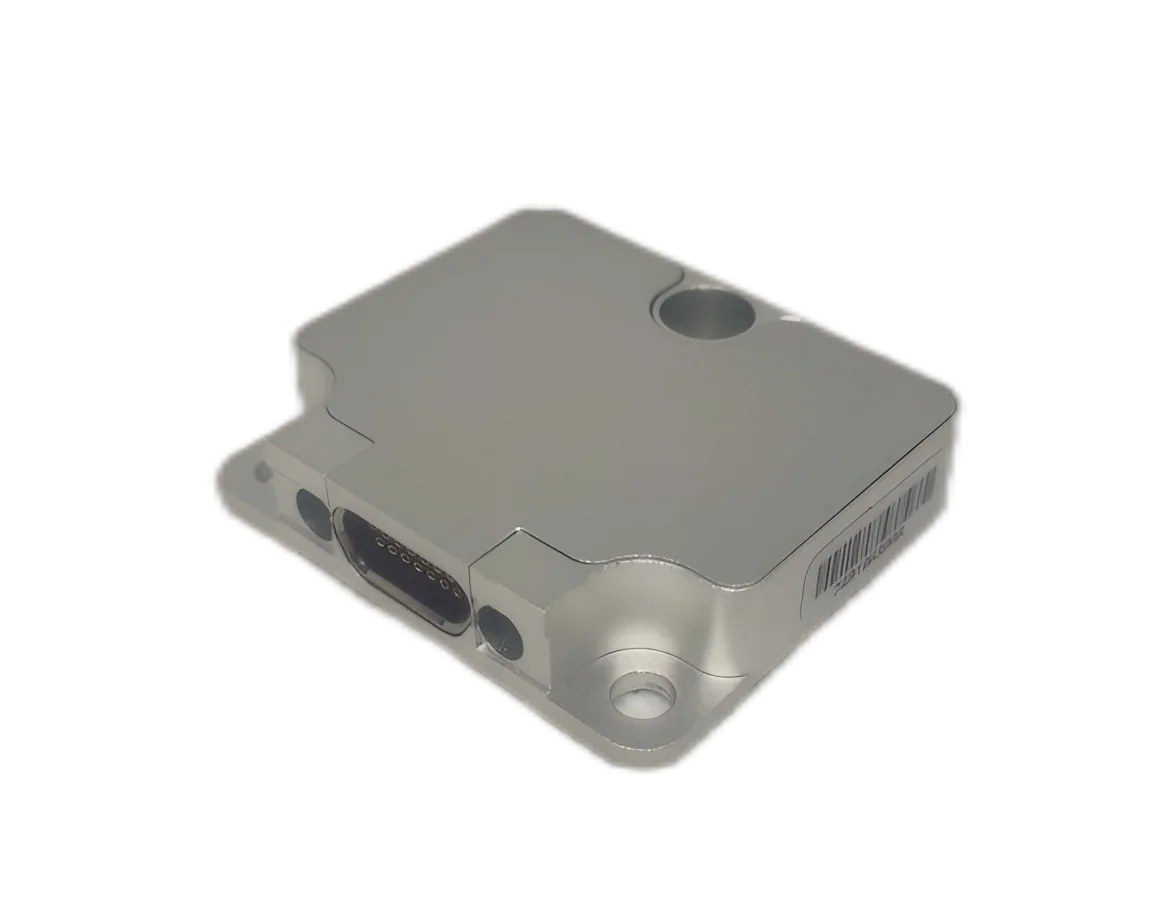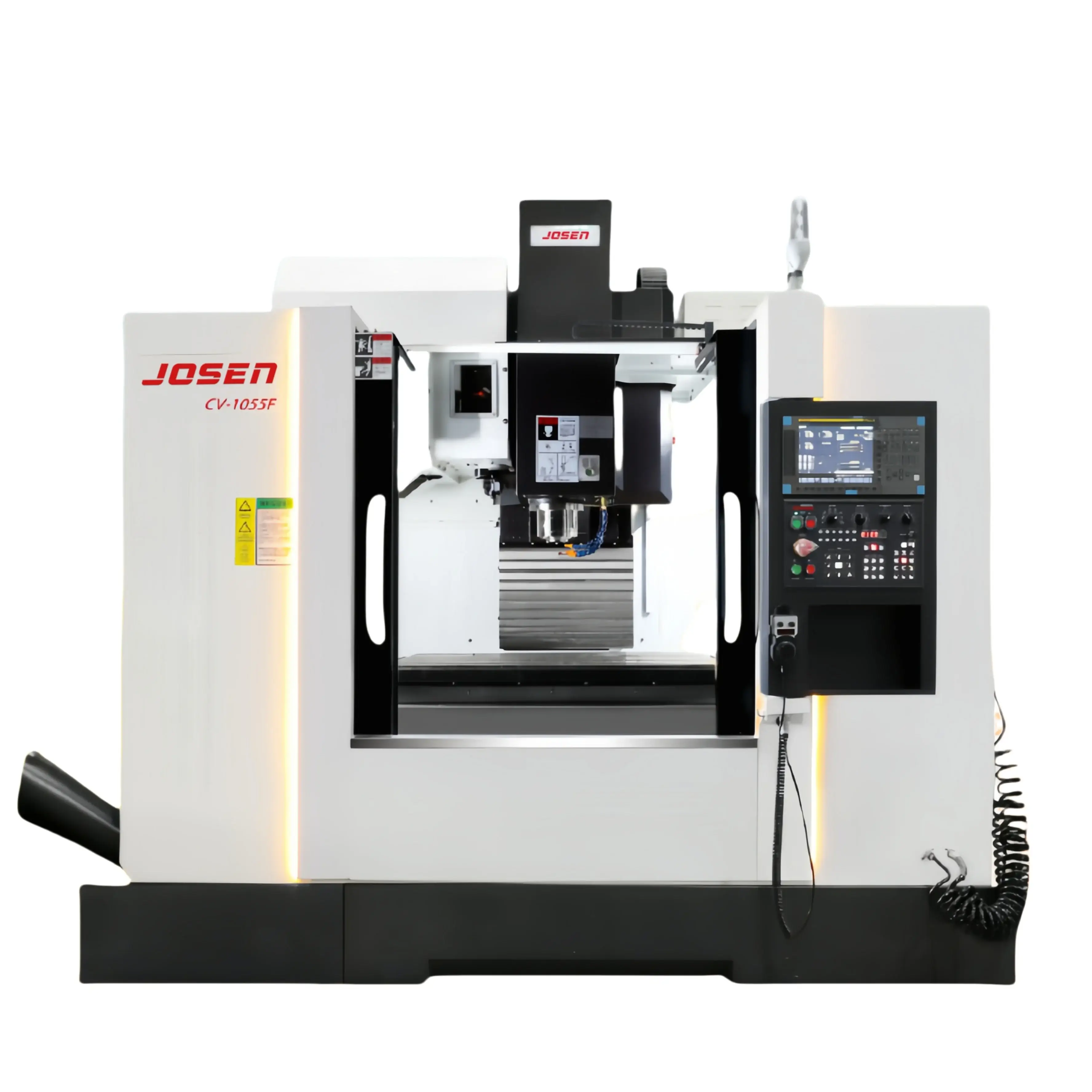In the realm of engineering and mechanics, understanding the fundamental principles that govern mechanical advantages is crucial. These advantages enable us to optimize efficiency and enhance power in various applications. In this blog post, we will delve into the three key mechanical advantages, exploring their significance and practical implications across different industries.
- Leverage: Amplifying Force with Simple Machines
The first mechanical advantage we will explore is leverage, which involves the use of simple machines such as levers and pulleys. Leverage allows us to amplify force, enabling us to move heavy objects with less effort. By understanding the principles of torque and fulcrums, engineers can design systems that maximize mechanical advantage. From construction machinery to everyday tools, leverage plays a vital role in enhancing productivity and reducing physical strain. - Gear Systems: Transforming Speed and Torque
Gear systems offer another essential mechanical advantage by transforming speed and torque. By utilizing different gear sizes and arrangements, engineers can manipulate rotational motion to achieve desired outcomes. In industries such as automotive, robotics, and manufacturing, gear systems are employed to optimize power transmission, control speed, and enhance precision. Understanding gear ratios and the principles of mechanical advantage allows engineers to design efficient and reliable systems. - Hydraulic and Pneumatic Systems: Harnessing Fluid Power
The third mechanical advantage lies in hydraulic and pneumatic systems, which harness the power of fluids to generate force and motion. By utilizing the incompressibility of liquids or the compressibility of gases, these systems can transmit force over long distances with minimal energy loss. Hydraulic systems find applications in heavy machinery, aircraft, and automotive industries, while pneumatic systems are commonly used in automation, robotics, and medical devices. Mastering the principles of fluid dynamics and mechanical advantage empowers engineers to design efficient and responsive systems.
Conclusion:
Understanding and harnessing the three mechanical advantages - leverage, gear systems, and hydraulic/pneumatic systems - is essential for engineers across various industries. By leveraging these principles, we can optimize efficiency, enhance power transmission, and reduce physical strain. Whether it's designing complex machinery, improving everyday tools, or advancing automation, a deep understanding of mechanical advantages is crucial. So, let us embrace these principles and unlock the true potential of mechanical engineering.


